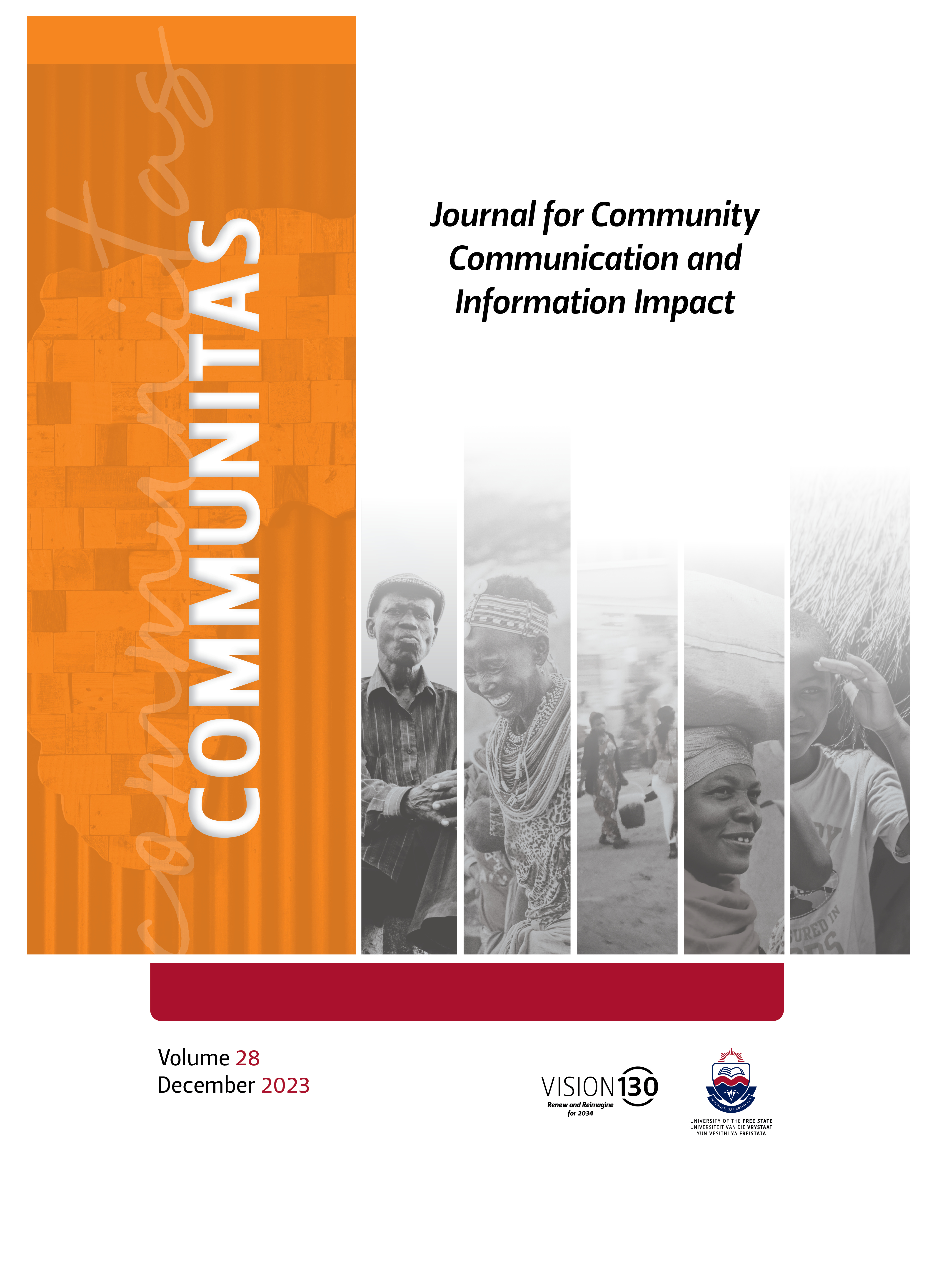South African Silences, Japanese Erasures: Blackman Ngoro and the Persistence of Apartheid
DOI:
https://doi.org/10.38140/com.v28i.7678Keywords:
journalism, media studies, media representation, apartheid, apartheid studies, Roderick Blackman NgoroAbstract
This article is a “forensic inductive” reflection on the silences and erasures, in South Africa and Japan, that mark the last years of Zimbabwean journalist, Roderick Blackman Ngoro. Ngoro was ostracised in South Africa after he penned a controversial blog article about “Coloureds”. After the affair, Ngoro relocated to Japan, continuing his journalistic research on racism. He returned quietly to South Africa a few years later to pursue doctoral studies at Wits University. In late January 2010, Ngoro was found dead in his room at the university. Police did not suspect any foul play. I deploy a purposive set of snapshots as part of a reflection on how Ngoro’s last few years in South Africa and Japan illustrate the persistence of apartheid. I consider the problem of undetectable crimes scenes by means of specific inductive forensics of snapshots that allow a demonstration of how, at the crime scenes of apartheid, no foul play is detectable. Forensic induction is a methodology drawn from my emerging work in Apartheid Studies, seeking to explain how the worlds of the oppressed are crime scenes in which people live with harm and live in harm’s way. I conclude that the complex ironies that attended Ngoro’s last few years cannot make sense if not looked at through the lens of apartheid as a paradigm and theoretical framework (by which to detect persistent crime scenes). Such a paradigm has utility in detecting the persistence of harm from South Africa to Japan.
Downloads
##submission.downloads##
Published
Issue
Section
License
Copyright (c) 2023 Nyasha Mboti

This work is licensed under a Creative Commons Attribution 4.0 International License.
All articles published in this journal are licensed under the Creative Commons Attribution 4.0 International (CC BY 4.0) license, unless otherwise stated.









